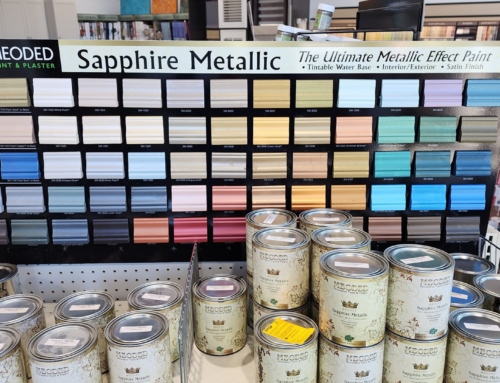The Effects of Color on Moods and Cross-Cultural Perceptions
Colors play a significant role in influencing our moods and emotions. The choice of colors in our living spaces, such as our homes or offices, can greatly impact our well-being and productivity. Moreover, different cultures around the world have unique interpretations and associations with colors. In this blog post, we will delve into the effects of color on moods and explore how various cultures perceive colors.
The Psychological Impact of Colors
Colors have the power to evoke specific emotions and influence our psychological state. Let’s take a look at a few examples:
1. Red
Red is often associated with energy, passion, and excitement. It can increase heart rate and stimulate a sense of urgency. In some cultures, red symbolizes good luck and prosperity, while in others, it may represent danger or anger.
2. Blue
Blue is known for its calming and soothing effects. It can promote relaxation and serenity. Blue is often associated with trust, loyalty, and stability. However, in certain cultures, blue might be associated with sadness or melancholy.
3. Yellow
Yellow is commonly associated with happiness, optimism, and warmth. It can evoke feelings of joy and energy. In different cultures, yellow may represent wealth and royalty, while in others, it might symbolize caution or cowardice.
4. Green
Green is often associated with nature, growth, and harmony. It has a refreshing and calming effect on the mind. In many cultures, green is associated with fertility, luck, and balance.
5. Purple
Purple is often associated with creativity, spirituality, and luxury. It can evoke feelings of mystery and sophistication. In certain cultures, purple is linked to royalty and power.
Cross-Cultural Perceptions of Colors
Colors can hold different meanings and interpretations across diverse cultures. Let’s explore a few examples:
1. White
White is often associated with purity, innocence, and weddings in Western cultures. However, in some Eastern cultures, white is linked to mourning and is traditionally worn at funerals.
2. Black
Black is commonly associated with elegance, formality, and power in Western cultures. However, in certain Eastern cultures, black is traditionally worn during mourning periods.
3. Red
While red is commonly associated with love and passion in many cultures, it holds different meanings in others. For instance, in Chinese culture, red symbolizes good luck and is often seen during celebrations and festivals.
4. Yellow
Yellow has diverse interpretations across cultures. In Western cultures, it is associated with joy and happiness. However, in some Asian cultures, yellow can represent sacredness or royalty.
5. Blue
Blue is often associated with calmness and tranquility in Western cultures. However, in some Middle Eastern cultures, blue is believed to ward off the “evil eye” and protect against misfortune.
Conclusion
Understanding the effects of color on moods and cross-cultural perceptions is essential when it comes to designing our living spaces. Colors have the ability to influence our emotions and create the desired atmosphere. At Texas Paint and Wallpaper, we offer a wide range of colors to suit your preferences and help you create an environment that promotes positive energy and reflects your cultural values. Choose wisely, and let the power of colors enhance your surroundings.










